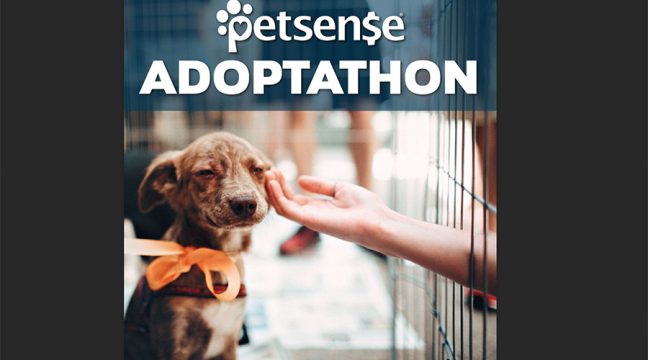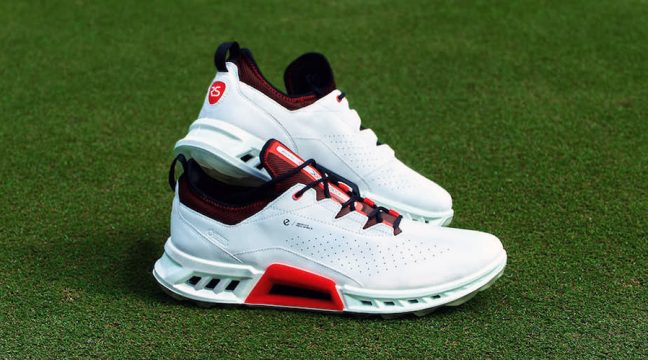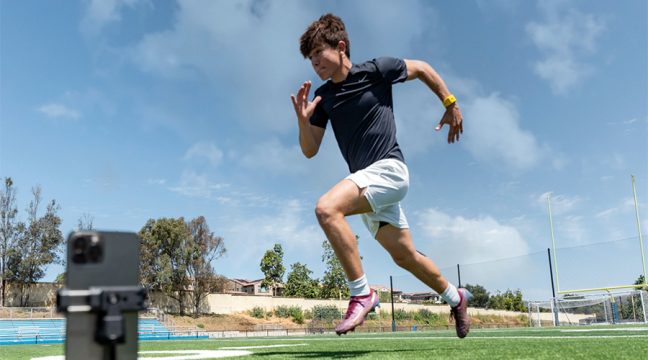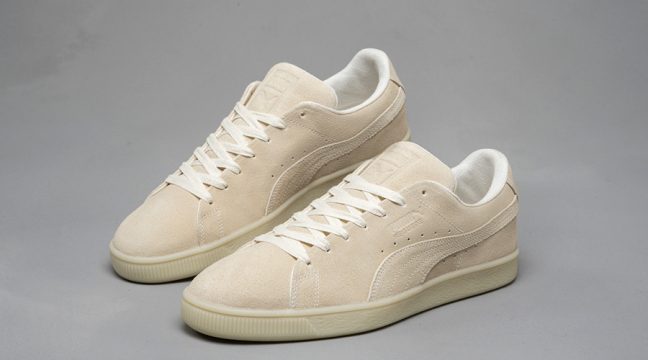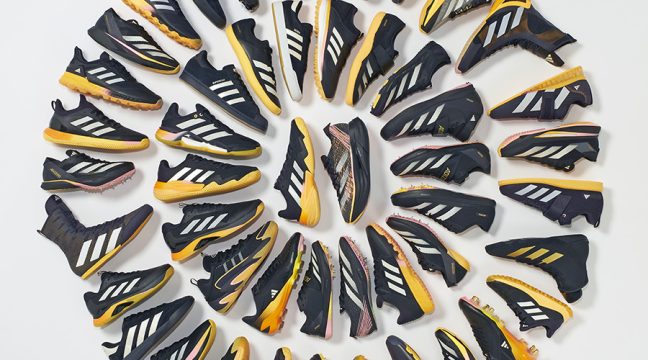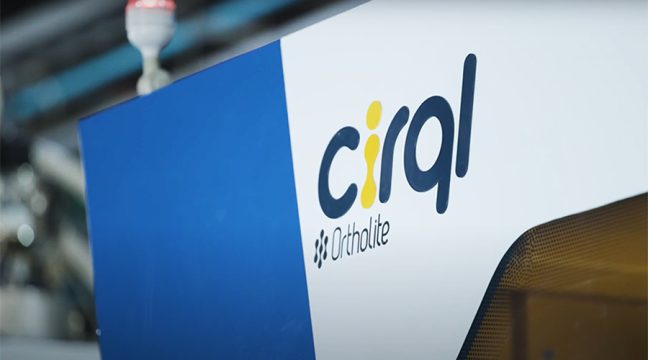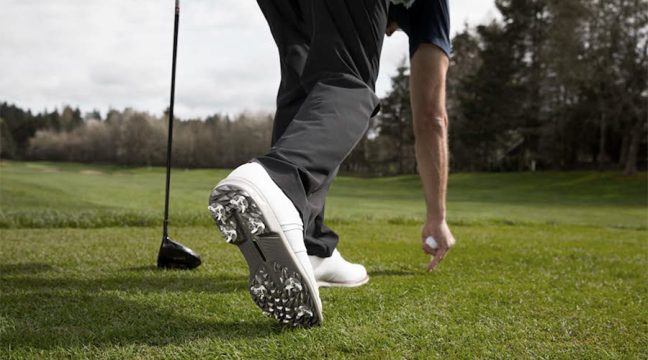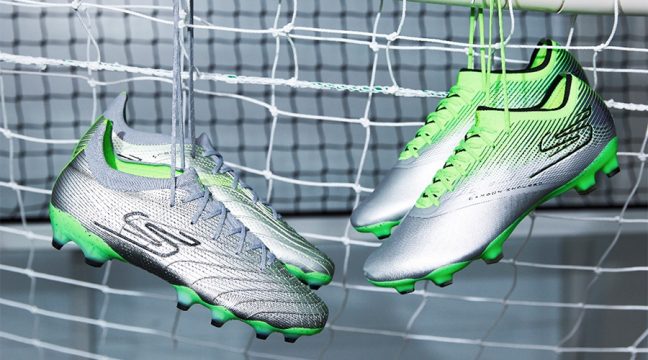The fitness industry is changing, promoting education over product and wellness over glamour muscles. Here’s why it matters to everyone in the active lifestyle space.
By Jahla Seppanen and David Clucas
Most of us associate trade shows with edgy new products, but the biggest innovations at IHRSA 2016, and for the fitness industry as a whole, might just be a renewed energy from the people, culture and education behind the brands.
Fitness is cool again … and it showed at a vibrant and interactive trade show in Orlando, FL, March 22-23, with group workouts galore.
Talk amongst the most successful brands at the show was centered on education. It’s not enough to hand a consumer a product and expect results. In this industry, the training has to be there, and the program has to be scrupulously developed. Brands like Orangetheory, TRX, Precor, Technogym and others invested in developing the scientifically proven, expertly created, athlete tested education that will direct consumers on how to use equipment to its optimal ability.
It’s a trend developing out of the industry’s most successful sector — functional training — that promotes varied-motion workouts powered by the body — think CrossFit and Yoga — versus the old fixed-plane, heavy-machined motions of the past.
The discipline for functional training lies within the trainer and programming, plus an added social element of “we’re all in it together.”

SPRI held a functional rope challenge: 25 reps earned participants a shirt. With a goal of more than 20,000 total reps in two days, which it achieved, SPRI donated $10,000 to Augie’s Quest, founded by Life Fitness’ Augie Nieto, in a mission to combat ALS.
Tech And Training
Today’s fitness education is coming in many forms, whether through wearable data for the user to chart progress and areas of improvement, apps with video how-to instruction, or machines that act more like human trainers, prodding users to up their game and exercise properly (no more short-cuts or improper form). Consumers not only expect information from their trackers, but analysis of that information that leads to guidance for real results. Why do you think the explosion of group training classes has erupted so vigorously? Consumers with little extra time on their hands are demanding their exercise journeys be smarter and more efficient.
“The next step is the training,” said Francesco Bertiato, training, programs and PT network specialist for Technogym. “It’s the athletic trend, people want to train like athletes and with functional training there is no limit … you can go as fast and hard as you want.”

Sharing is caring: Displays, like this one from MyZone sharing the heart rates of an entire group fitness class, were a big trend on the show floor. They exemplify the social push in fitness — tacking progress and amping friendly competition during classes.
Active Lifestyle Push
Walking the show floor also made evident the major strides the industry is taking to tap the growing active lifestyle market.
After garnering a reputation for spandex and glamour muscles, the fitness industry at large is reinventing itself, focusing more on health and wellness. “The mentality then was a machine culture. Now it’s about health and functionality,” said TRX Founder Randy Hetrick.
Even heritage Olympic weight lifting brands like Eleiko are welcoming the change. Rickard Blomberg, Eleiko president of North America, told SGB it was one of the oldest brands to be at IHRSA and continues to perform well. Its longevity could be caused by the fact that although getting bulked is going out of style, weight lifting has changed to encompass more physical wellbeing and optimal fueling among its consumers.
Don’t get us wrong, there were still tanning beds, gimmicky products and lots of spandex at IHRSA 2016, but for the most part, it’s fading, with more sports, wellness, yoga and nutrition brands like Honey Stinger, Balega, and In-Trinity taking stage.
“The gyms and brands need to be engaging the consumer all the way home,” said Ryan Cruthirds, VP of sales and product for Implus Fitness, parent to TriggerPoint and Harbinger. For the first time, Implus brought its performance sock brand Balega and hydration belt brand FuelBelt to the show, marketing to gyms that they can sell the accessory products that aid performance, but also speak to a broader lifestyle.

Precor acquired Queenax and its cages to expand into the functional fitness space.

Rip-it, Rip-it. Frog Fitness offered one of the more unique workouts at the show.
Sunny Sentiment In Orlando
With blue skies and temps in the 70s and 80s, there was plenty of sunny sentiment at the show, which moved from being held on the West Coast (Los Angeles and San Francisco), for the past couple years, to the East Coast in Orlando, FL.
Octane Fitness Senior Marketing Manager Tina Nibbe said she noticed show attendance on day one was up close to 50 percent from last year, with more business coming in from Chicago, the east coast and Europe, and less from Asia Pacific.
While the official attendance figures are still to come, most all exhibitors said they were having a successful show.
By our take, the industry is in good shape.

Life Fitness had a crew of badass exercisers doing functional fitness classes throughout the day. We thought they might be exhausted by mid-afternoon, but they kept their energy due to group camaraderie and pacing their efforts.

Octane’s Tina Nibbe demos the Zero Runner. As a marathoner, she was happy to see the running community connect so well with the low-impact, yet high-intensity, machine. “Runners don’t normally buy equipment,” Nibbe said. “But now they are.”
Photos courtesy David Clucas
Find the coolest new products that stood out for SGB at the IHRSA show in this week’s Fast Five.

